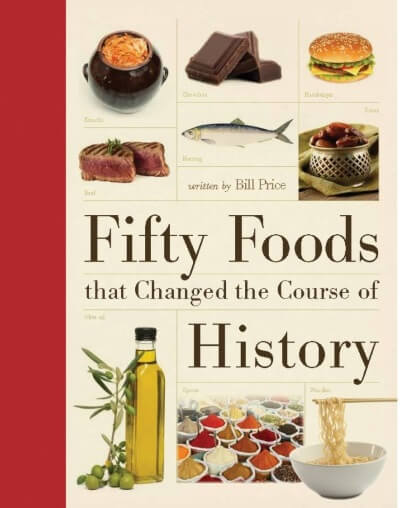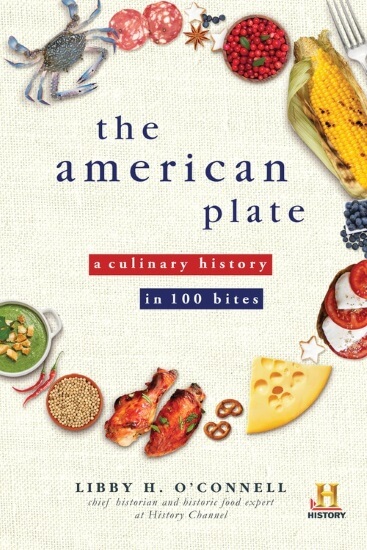For more than 900 years, people have been coating their fruits and vegetables to preserve them and make them more attractive.
“In 16th-century England, people used a method called larding: Coatings of fat kept water and mold off stored food. A hundred years before that, the Japanese used yuba, an edible film made by boiling soy milk, to coat their foods for storage…
“And even earlier, in the 12th and 13th centuries, citrus farmers in Southern China packed their oranges and lemons in wooden boxes before filling the boxes with wax. Protected from spoilage, dehydration, and insect damage, the wax-covered fruit would then ferment over the long trip north before arriving as a delicacy on the emperor’s table…
“In the 19th century, Americans preserved the food in their pantries by coating it with gelatin, salt, or sugar. Fruit was preserved by soaking it in baths of brandy…
See: “Why Fruit Has a Fake Wax Coating” by Julia Phillips on The Atlantic website (2017)










